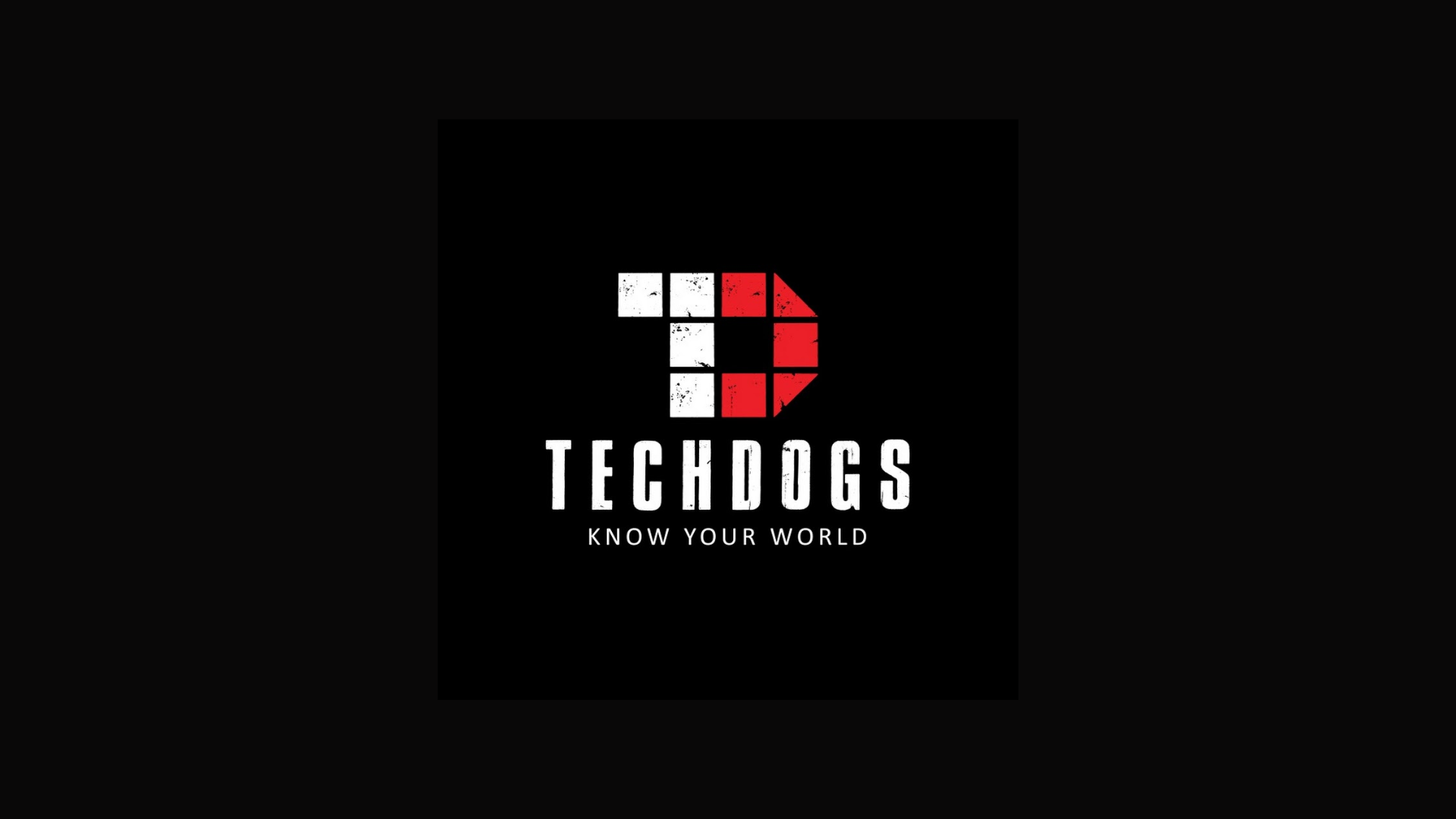The influence of industry analysts varies greatly between different industry sectors. Two great examples are telecoms operators and enterprises. For example the 2021 Analyst Value Survey (AVS), conducted by the Analyst Observatory, shows that larger firms like Gartner and Forrester Research serve both providers and enterprises and are highly influential on operators, vendors, and enterprises.
However, when CCgroup commissioned an independent Catalyst study of 100 buyers in telcos, there was a noticeable difference: while the AVS highlight the larger firms this more focussed study showed that specialist firms can be highly influential on experts in the purchasing process. Paul Nolan and I discuss this on our YouTube channel (see here). Key buyers interviewed for the Catalyst tend to be more focused on shortlisting details that require specialist analyst firms. On the other hand, people in the broader buying centre, who influence requirements and longlisting, are looking for more contextual research where larger firms are significant. It’s important to note these differences when discussing influence and creating analyst relations (AR) programmes for a client. In particular, it shows that the research needed to prioritize analysts needs to consider each providers’ specific objectives.
CCgroup has broken down these AR programmes into five key activities: Prioritize analysts, Alignment, Engagement, Evaluation and Leverage. Many providers immediately focus on the engagement aspect of this relationship. However, we have found the supporting activities to be more important, because activity without a plan is a wasted effort.
Prioritize analysts means identifying and ranking the fundamental analysts supporting your target audiences. It is necessary to build and hold relationships with analysts. Showing your own organization how your effort aligns across tiers, and quantifying the opportunity for more resources, is vital. Many vendors tend to put more effort into fewer analysts, missing out on the wider pool of influencers.
Alignment is when you craft your message, so you speak the language of the individual analyst or the particular analyst firm to reduce the barriers for them to understand what you are saying.
Engagement is the meat of the analyst relations programme. People often only think about engagement with analysts and don’t think about what happens outside of it. As influencers, it’s crucial to extract insights from interactions and then leverage them by taking comments from analysts and doing things with them.
Evaluation has some key advantages. Often, analyst relations programmes struggle to win visibility inside their organization to show the gap between how we communicate and how the competition is communicating. It’s essential to have a place in reporting tools. AR reports to manager who are used to tracking the impact of other marketing activities: AR teams that can report what they can are in a stronger position to defend and extend their resources. We also want to track progress between different parts of the business. Analyst relations programs often focus on legacy parts of the company, but strategic growth opportunities might be underserved. Quantifying the AR programme can also help make sure that resources go where top managers want them to go.
Leverage is how you can drive business goals and arm sales professionals to close the deal. Analyst relations programmes often spot positive content and pile it up like a can of beans in the larder – they aren’t doing anything with them. CCgroup works closely with our clients to spot positive comments and amplify them. In the process of evaluating our clients, analysts may talk seriously about the company or about the problem they aim to resolve. When this happens, it boosts your credibility in the market and your authority.
With the steps of this programme, we can support marketing communications and do it in a concrete way by developing owned content – such as social media posts, blogs and infographics. This content can be used to draw more attention to supportive analyst comments. We can push these insights into your sales team and your lead generation processes by tying this up to content marketing and regeneration companies. This action leads to a measurable acceleration in your sales pipeline.
If you are interested in putting this model into use for the benefit of your own company, contact CCgroup here, or read more about our AR specialists do here.














